Introduction
Mindfulness Techniques for Reducing Anxiety are gaining popularity as more people seek natural ways to manage stress and improve mental health. In this comprehensive guide, we will explore practical mindfulness exercises that can help you reduce anxiety and enhance your overall well-being.
What is Mindfulness?
Mindfulness is the art of staying fully present and focused on the present moment. By paying close attention to your thoughts, emotions, and surroundings without passing judgment, mindfulness can effectively reduce anxiety. This powerful practice helps ground you, improve mental clarity, and enhance overall well-being, making it a vital tool for managing stress and anxiety
Benefits of Mindfulness for Anxiety
- Reduces Stress: Mindfulness helps lower cortisol levels, the stress hormone, which can alleviate anxiety.
- Improves Focus: Regular mindfulness practice can enhance your concentration and attention span.
- Enhances Emotional Regulation: Mindfulness allows you to manage your emotions better, reducing the impact of anxiety.
- Promotes Relaxation: Mindfulness exercises can induce a state of relaxation, helping to calm the mind and body.
- Improves Sleep: Practicing mindfulness can lead to better sleep quality, which is crucial for managing anxiety.
Practical Mindfulness Exercises
1. Deep Breathing
Deep breathing is a highly effective mindfulness technique that promotes relaxation and reduces stress. To practice, sit in a comfortable position, close your eyes, and take slow, deep breaths. Feel the air flowing in and out of your lungs. This simple exercise can help calm the mind, improve focus, and support overall mental well-being.
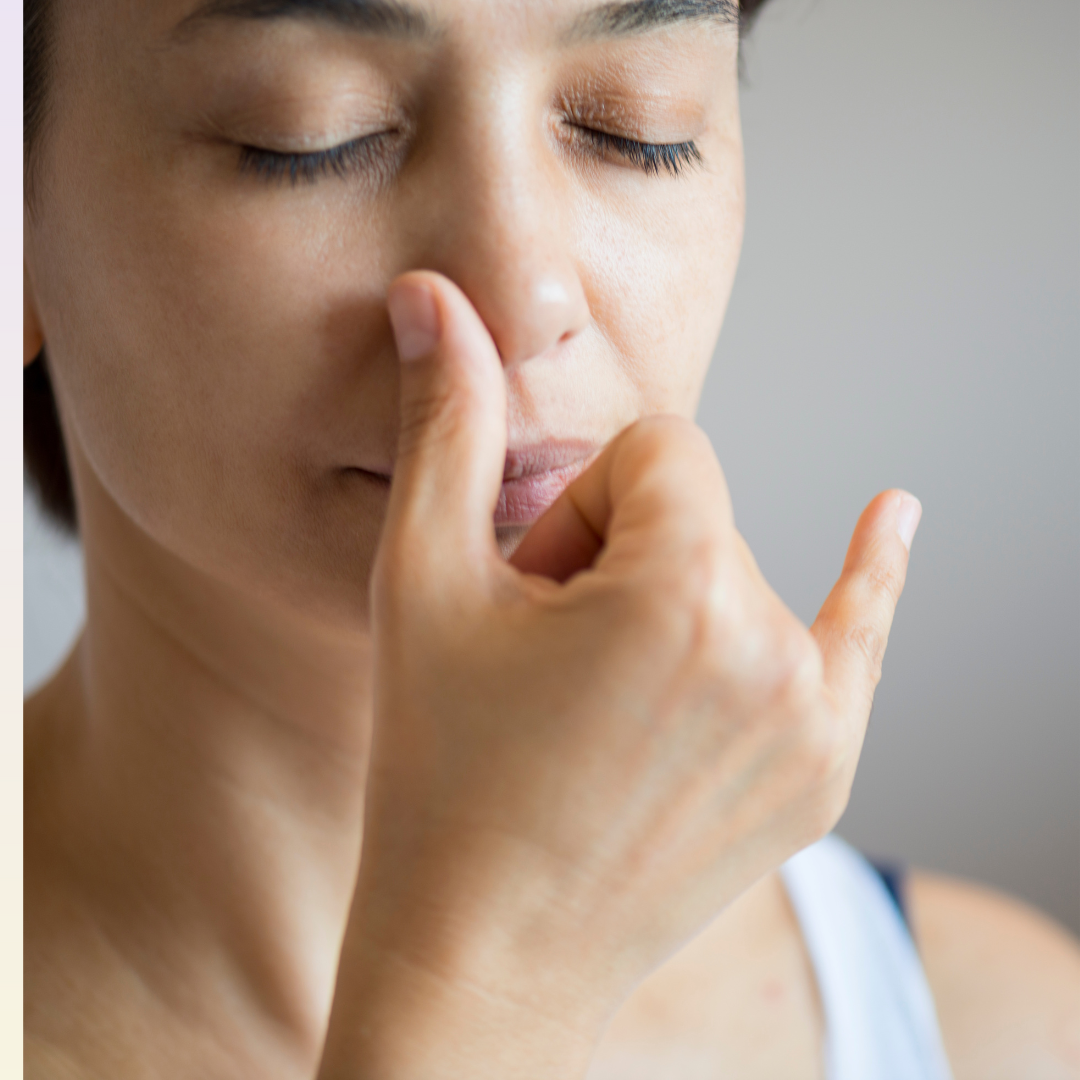
Steps for Deep Breathing:
- Find a quiet, comfortable spot to sit or lie down for deep breathing exercises.
- Close your eyes and inhale deeply through your nose, counting to four.
- Hold your breath for a count of four, then slowly exhale through your mouth while counting to six.
- Repeat this calming process for 5 to 10 minutes to reduce stress, improve focus, and promote relaxation.
2. Body Scan Meditation
Body scan meditation involves paying attention to different parts of your body, from head to toe. This exercise helps you become more aware of your body and reduces physical symptoms of anxiety.
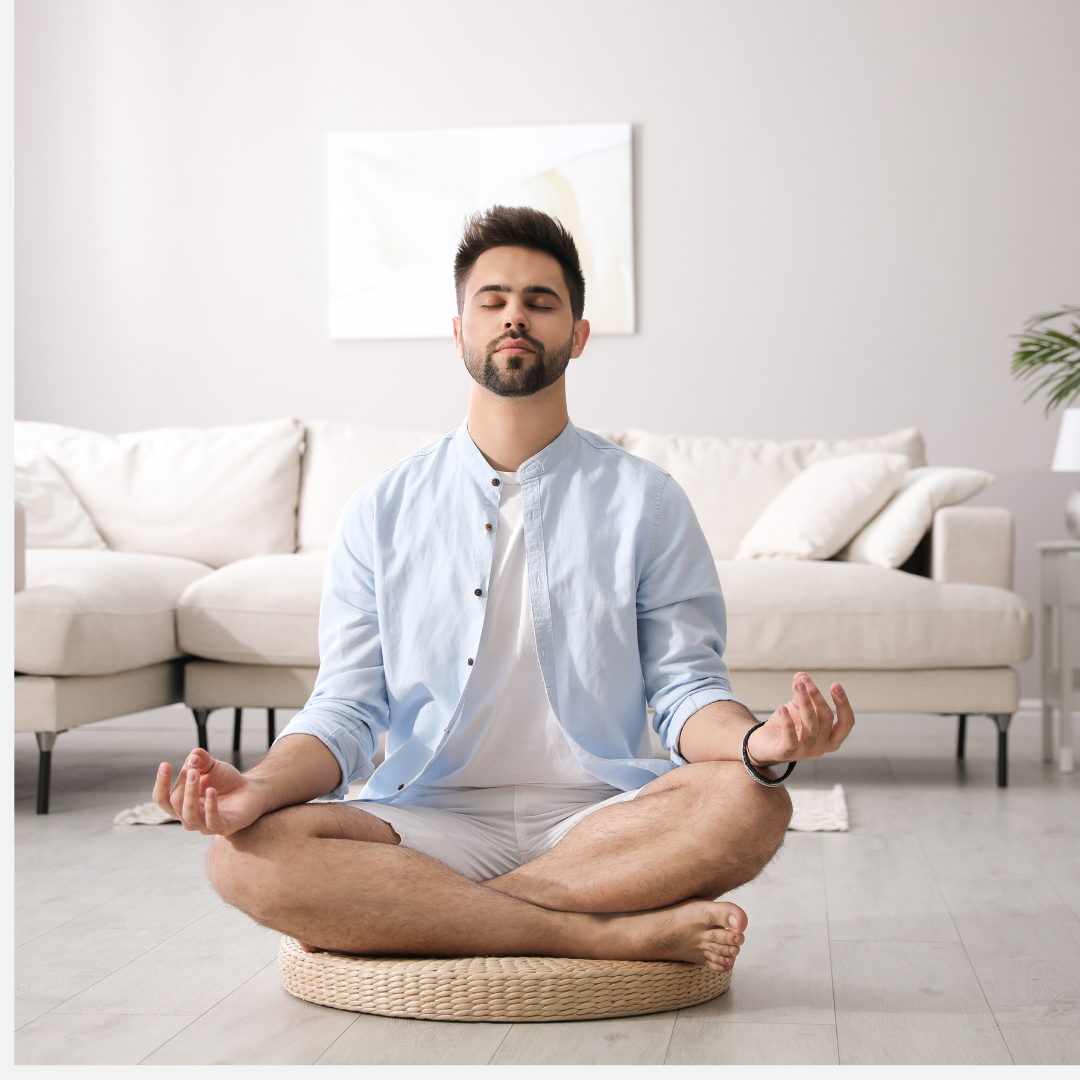
Steps for Body Scan Meditation:
- Lie down in a comfortable position and gently close your eyes.
- Begin by focusing on your toes, paying attention to any sensations you feel.
- This mindful body scan technique helps enhance relaxation and brings awareness to your body, reducing stress and promoting mental clarity.
- If you sense any tension, take a deep breath and direct your focus to that area, intentionally relaxing it with each exhale.
3. Mindful Walking
Mindful walking is an excellent way to seamlessly integrate mindfulness into your daily routine. It involves paying attention to the sensations of walking and your surroundings.
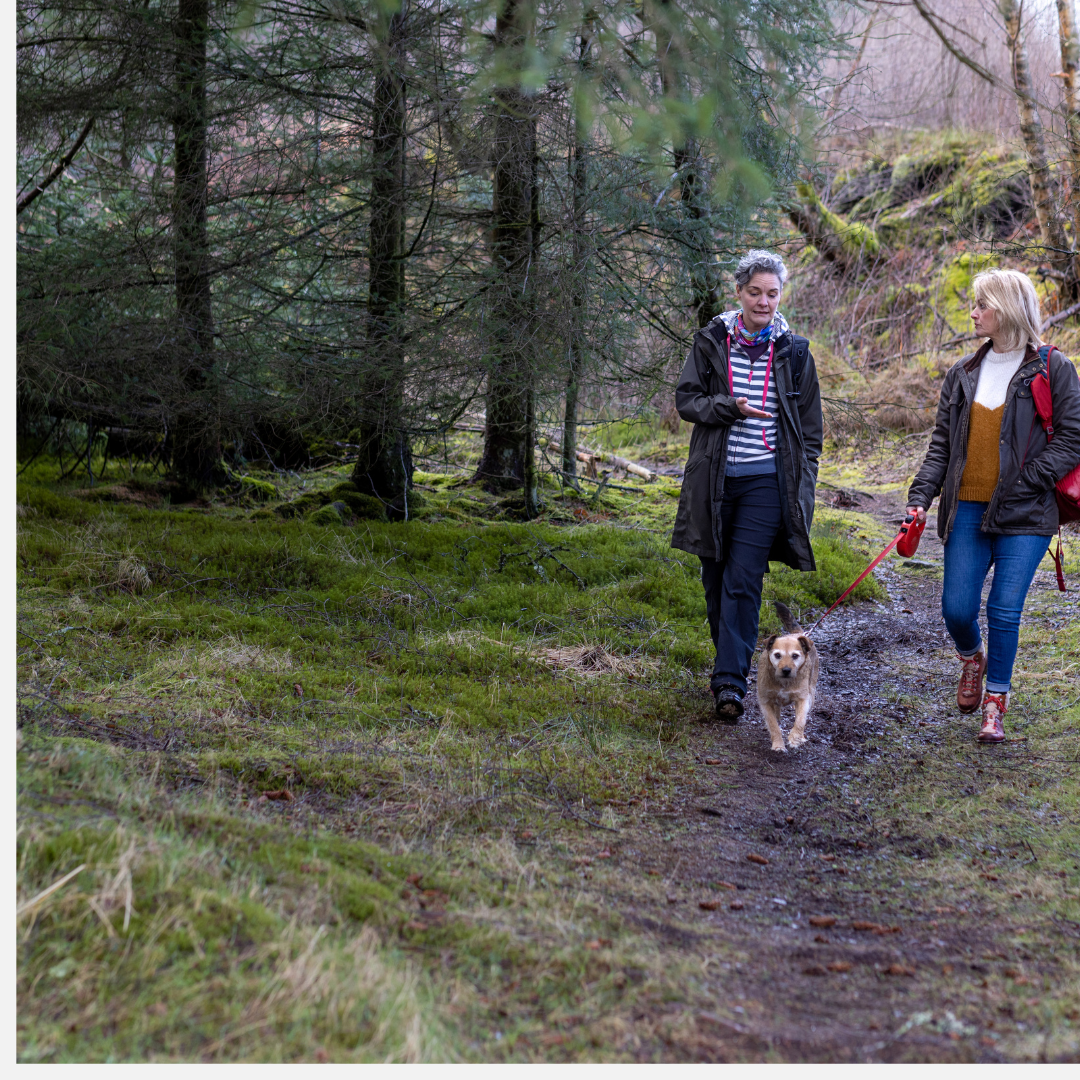
Steps for Mindful Walking:
- Find a quiet place to walk. It can be a park or a soothing environment.
- Concentrate on the sensation of your feet touching the ground in each step.
- Notice the movement of your legs and the rhythm of your breath.
- Feel the sights, sounds, and smells around you.
- If your mind goes here and there, bring your focus back to the act of walking.
4. Guided Imagery
Guided imagery involves visualizing a peaceful scene to induce relaxation. This technique can transport you to a calm state, reducing anxiety.
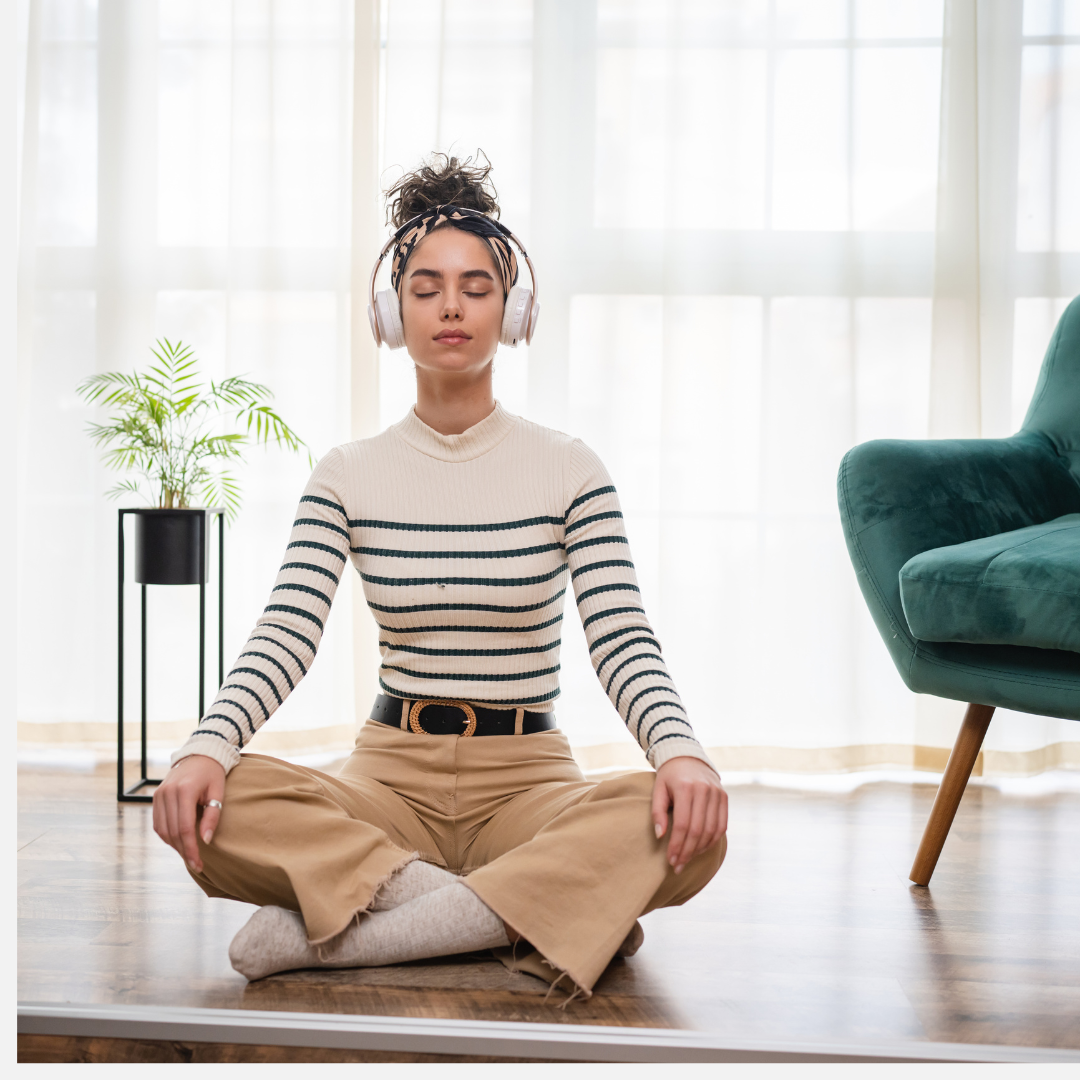
Steps for Guided Imagery:
- Find a quiet place to sit or lie down and gently close your eyes.
- Picture a serene setting, such as a beach, forest, or mountain.
- Fully engage your senses by visualizing the sights, sounds, and scents of this peaceful place.
- Spend a few minutes immersing yourself in this scene, letting your mind and body relax.
5. JournalingJournaling is a helpful way to understand and work through your thoughts and feelings. It can help you gain insights into your anxiety triggers and release pent-up stress.
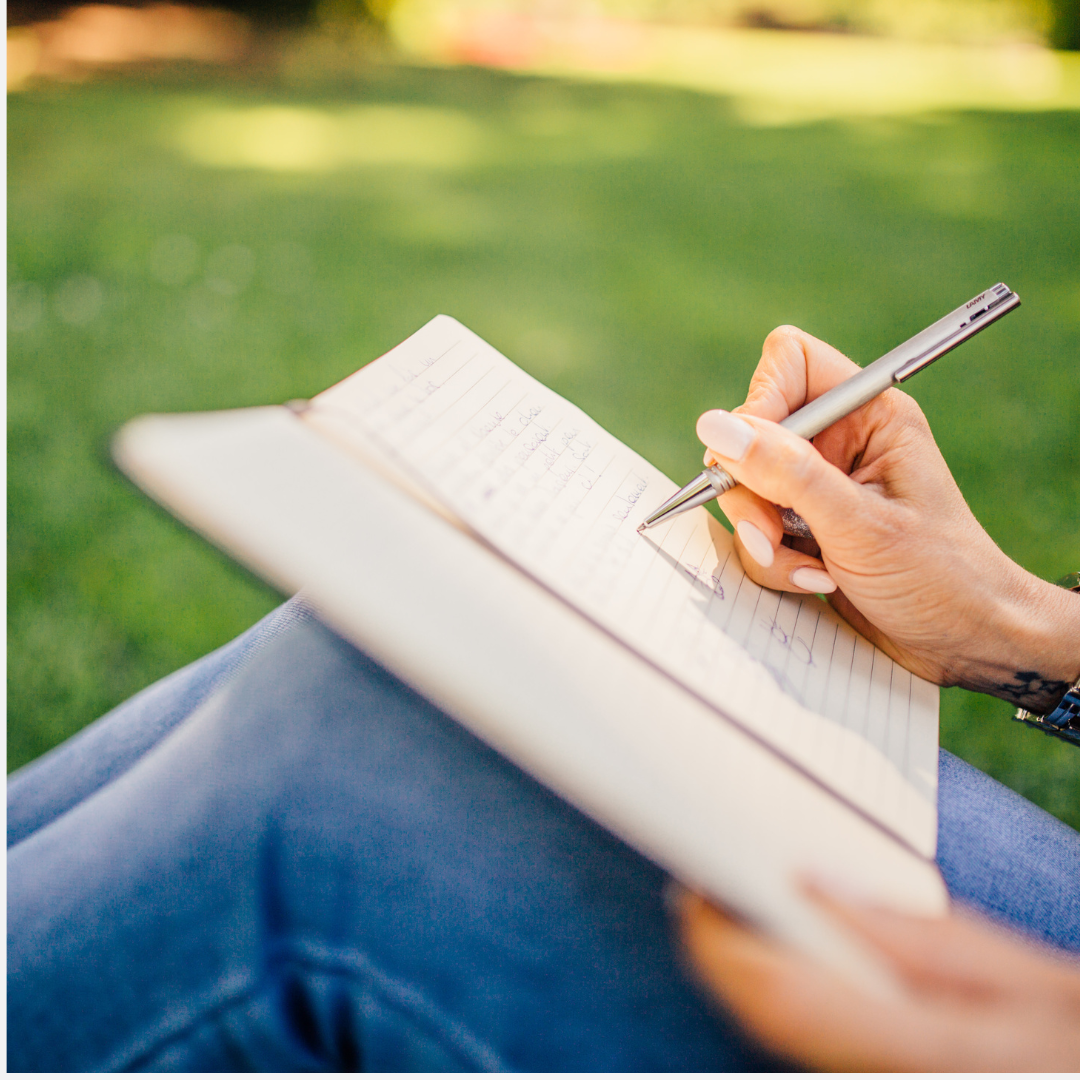
Steps for Journaling:
- Take a few minutes each day to write down your thoughts and feelings.
- Be honest and open, without stressing about grammar or spelling.
- Look for patterns or triggers in your emotions.
- You can also use journaling to express gratitude and focus on positive experiences.
Tips for Incorporating Mindfulness into Daily Life
- Start Small: Start with a few minutes of mindfulness practice each day and gradually extend the time as you become more comfortable.
- Be Consistent: Try to practice mindfulness at the same time each day to build a routine.
- Use Reminders: Set reminders on your phone or place sticky notes around your home to prompt you to practice mindfulness.
- Be Patient: Mindfulness is a skill that requires time to master. Practice regularly.
- Join a Group: Consider joining a mindfulness or meditation group for support and motivation.
Personal Anecdote: My Journey with Mindfulness
A few years ago, I found myself constantly overwhelmed by the demands of work and personal life. My anxiety levels were through the roof, and I struggled to find a way to calm my mind. That’s when I stumbled upon mindfulness techniques for reducing anxiety.
One particularly stressful day, I decided to try deep breathing exercises. I sat in a quiet corner of my home, closed my eyes, and took slow, deep breaths. At first, it felt strange and a bit uncomfortable, but I persisted. As I focused on the sensation of the air entering and leaving my lungs, I began to feel a sense of calm wash over me. The tension in my shoulders eased, and my racing thoughts slowed down.
Encouraged by this small success, I started incorporating other mindfulness practices into my daily routine. I began each morning with a body scan meditation, which helped me start the day feeling grounded and centered. During lunch breaks, I took mindful walks in a nearby park, paying attention to the sights and sounds around me. These walks became a cherished part of my day, a time to disconnect from stress and reconnect with myself.
One of the most transformative practices for me was journaling. Each evening, I spent a few minutes writing about my thoughts and feelings. This simple act of putting pen to paper allowed me to process my emotions and gain insights into my anxiety triggers. With regular practice, I noticed a significant reduction in my anxiety levels. I felt more focused, more present, and more in control of my emotions.
Mindfulness has become an integral part of my life, and I can’t imagine navigating the challenges of daily life without it. These techniques have not only helped me manage anxiety but have also enhanced my overall well-being. I hope that by sharing my story, others will be inspired to explore mindfulness and experience its benefits for themselves.
Download Your Mindfulness Tracker!
Take your mindfulness journey to the next level with our easy-to-use, printable tracker. Whether you’re a beginner or have been practicing for a while, this tracker will help you stay present, focused, and grounded every day.
How It Works
Simply download, print, and fill it in daily! Track your breathing exercises, body scans, gratitude moments, and more. Let it be a powerful tool in your pursuit of a balanced, mindful life.
🧘♀️ Ready to Get Started?
Download your Mindfulness Tracker now and begin your path to a more mindful, peaceful you!
Download Your Mindfulness Exercise Worksheet!
Ready to transform your mental clarity and well-being? Our Mindfulness Exercise Worksheet is designed to guide you through simple yet effective mindfulness practices, helping you reduce stress, improve focus, and stay present in every moment.
🌸 Why You’ll Love This Worksheet:
-
Easy-to-follow exercises for mindfulness beginners and pros
-
Helps you build a daily mindfulness routine
-
Promotes relaxation, emotional balance, and self-awareness
-
Reflect on your progress and discover the power of being present
What’s Inside:
-
Grounding exercises
-
Breathing techniques
-
Body scan practice
-
Space for reflection and journaling
🧘♀️ Take the First Step Toward Inner Calm:
Download your FREE Mindfulness Exercise Worksheet now and start cultivating a peaceful, focused, and mindful mindset!
Mindfulness Exercise Worksheet1
Conclusion
FAQs
If you found these tips helpful, share this blog with your friends and family.
Find More blogs of your interest
Motivation Story
Anant Chaturdashi Wishes
For more articles on mental health and wellness, subscribe to our newsletter!
[contact-form][contact-field label=”Name” type=”name” required=”true” /][contact-field label=”Email” type=”email” required=”true” /][contact-field label=”Website” type=”url” /][contact-field label=”Message” type=”textarea” /][/contact-form]
[sp_easyaccordion id=”122″]




[…] Mindfulness Technique to Manage Stress […]
[…] Mindfulness Techniques for Reducing Anxiety […]
[…] Mindfulness Techniques for Reducing Anxiety […]
[…] Reduce Anxiety […]
[…] Reduce Anxiety […]
[…] Reduce Anxiety […]